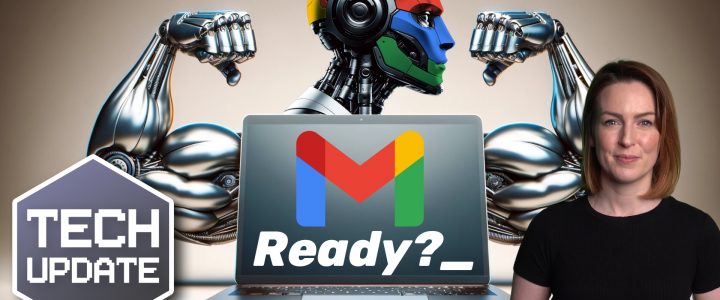You’ve probably been considering how to harness the potential of AI to boost your company’s efficiency and productivity.
But there’s a small problem. A recent study revealed something fascinating but not entirely surprising: A trust gap when it comes to AI in the workplace.
While you see AI as a fantastic opportunity for business transformation, your employees might be sceptical and even worried about their job security.
Here’s a snapshot of the findings:
- 62% of C-suite executives welcome AI, but only 52% of employees share the same enthusiasm.
- 23% of employees doubt their company’s commitment to employee interests when implementing AI.
- However, 70% of business leaders believe that AI should include human review and intervention, showing they view AI as an assistant rather than a replacement.
Now that we understand the situation, how can you introduce AI gently and reassure your employees that their roles are safe?
Start by having open and honest conversations with your employees. Explain why you’re introducing AI and how it will benefit both the company and individual roles. Show them that AI is meant to be a helping hand, not a jobs terminator.
Invest in training that helps your people acquire the skills they need to work alongside AI. Make them feel empowered by showing that it can make their jobs more interesting and valuable.
Emphasise that your AI initiatives are designed to enhance human capabilities, not replace them. Let your team know that it will handle repetitive tasks, allowing them to focus on more creative and strategic aspects of their work.
Develop clear guidelines for responsible AI use in your business. Highlight your commitment to ethical practices and ensure that employees are aware of these policies.
Involve your employees in the implementation process. Seek their input, listen to their concerns, and make them part of the solution. This shows that you value their contributions.
Encourage a culture of continuous learning. Let your employees know that they’ll have opportunities for ongoing education and development, ensuring they stay relevant and valuable in the AI-driven workplace.
Introducing AI into your workplace doesn’t have to be a cause for concern among your employees. AI is a tool for growth and innovation, not a threat to job security.
If we can help you introduce the right AI tools in the right way, get in touch.












